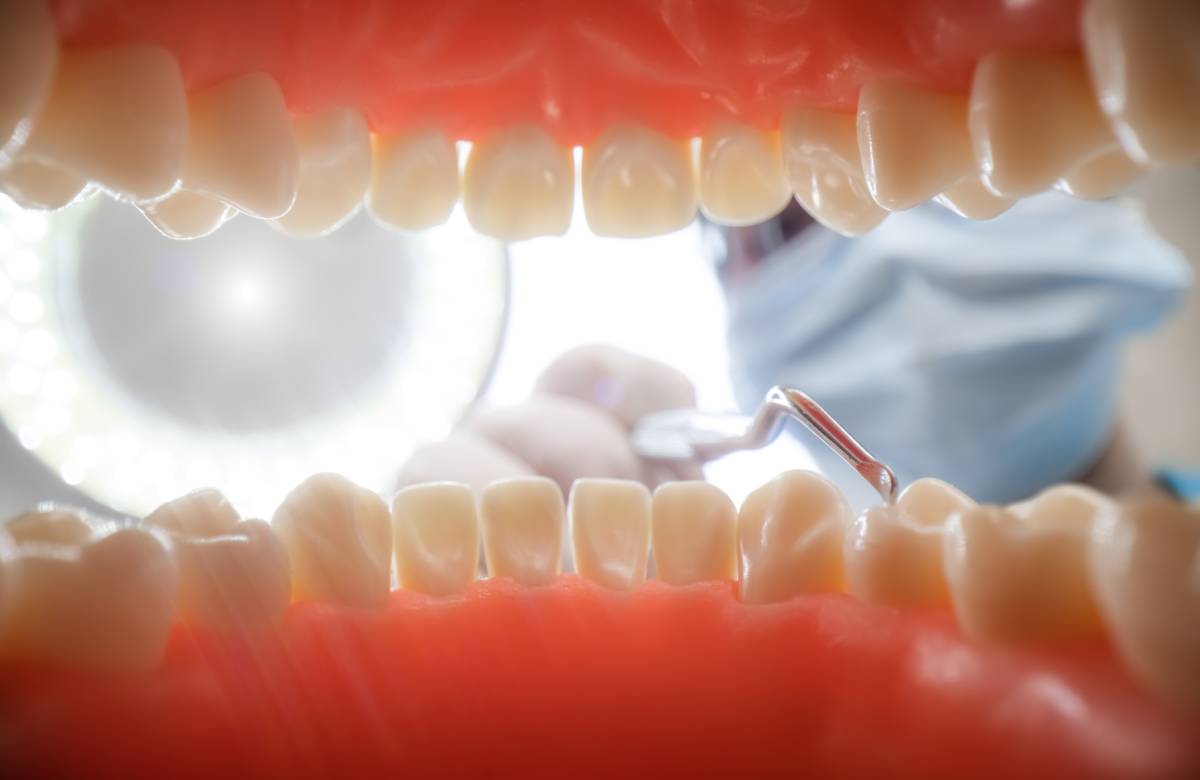Your smile is a powerful asset, and maintaining its health is a journey that has seen remarkable advancements over the years, particularly when it comes to tooth fillings. Let’s go on a friendly exploration of the evolution of tooth fillings – from the traditional amalgam to the cutting-edge materials shaping modern dentistry.
The Traditional Amalgam Era: A Sturdy Foundation
Historically, amalgam fillings have been the common solution for restoring decayed or damaged teeth. Comprising a mixture of metals, including mercury, silver, tin, and copper, amalgam fillings have been widely used for over a century. Their durability and cost-effectiveness make them a practical choice, yet their silver color often raises aesthetic concerns.
While amalgam fillings have stood the test of time, the presence of mercury in their composition has sparked debates about safety. Despite the ongoing discussions, various health organizations, including the American Dental Association (ADA), maintain that when properly placed, amalgam fillings are safe for use.
Enter Composite Resin: Aesthetic Harmony in the Modern Age
As dental technology evolved, so did the materials used for tooth fillings. The arrival of composite resin marked a significant leap forward in dental care. Composed of a mixture of plastic and fine glass particles, composite fillings offer a more aesthetically pleasing alternative to traditional amalgam fillings.
One of the standout features of composite fillings is their ability to be shaded to match the color of the natural teeth. This transformative quality creates a virtually invisible restoration that seamlessly blends with the surrounding teeth. Beyond their cosmetic benefits, composite fillings bond directly to the tooth structure, providing added support. This bonding process often requires less removal of healthy tooth structure compared to amalgam fillings, making them a more conservative option.
Ceramic Fillings: Where Aesthetics Meets Strength
Continuing the trajectory of dental innovation, ceramic fillings represent the pinnacle of aesthetic excellence and durability. Crafted from porcelain or other ceramics, these fillings offer a natural appearance that seamlessly integrates with the surrounding teeth. Not only do they match the color, but they also mimic the translucency and texture of natural teeth, providing a restoration that is virtually indistinguishable.
Ceramic fillings boast exceptional strength, making them suitable for both front and back teeth. Their durability, coupled with their aesthetic advantages, positions ceramic fillings as a preferred choice for patients seeking a harmonious blend of form and function.
The Art of Tooth-Colored Fillings: A Seamless Integration
One of the significant breakthroughs in modern dentistry is the ability to create tooth-colored fillings that mimic the natural appearance of teeth. Both composite resin and ceramic fillings can be customized to match the specific shade and translucency of an individual’s teeth, ensuring a restoration that is virtually indistinguishable from the natural tooth.
This artistry extends beyond functionality; it contributes to the psychological well-being of patients. The confidence that comes with knowing your dental restorations are discreet and natural-looking can positively impact self-esteem and encourage better oral care practices.
Why Choose Modern Materials?
- Aesthetic Appeal: Modern materials such as composite resin and ceramic allow for tooth-colored fillings that blend seamlessly with natural teeth, addressing cosmetic concerns associated with traditional amalgam fillings.
- Conservative Approach: Composite and ceramic fillings often require less removal of healthy tooth structure during the placement process, preserving more of the natural tooth.
- Durability: Both composite and ceramic fillings provide robust solutions, ensuring longevity and minimizing the risk of complications over time.
- Mercury-Free Options: For those concerned about the presence of mercury, both composite and ceramic fillings offer mercury-free alternatives, aligning with evolving preferences for holistic and biocompatible dentistry.
Conclusion
At Novi Oaks Dental, we celebrate the progress made by providing our patients with the latest in dental materials and techniques, ensuring that your smile receives the care it deserves.
The journey of tooth fillings, from traditional amalgam to cutting-edge materials, reflects a fascinating evolution in dental care. The traditional era saw amalgam’s durability and cost-effectiveness, though its silver color posed aesthetic concerns. Despite debates about mercury, health organizations vouched for its safety. Enter composite resin – a leap forward in aesthetics. Its ability to match natural teeth color, coupled with a conservative approach, made it a preferred choice. Ceramic fillings took this further, combining aesthetics and strength. Tooth-colored fillings, a modern breakthrough, contribute to psychological well-being by blending seamlessly and boosting confidence. Modern materials offer an aesthetic appeal, a conservative approach, durability, and mercury-free options. At Novi Oaks Dental, we embrace these advancements to provide the best care for your smile. Choose us for a radiant, natural-looking smile that reflects our commitment to advanced dentistry.





